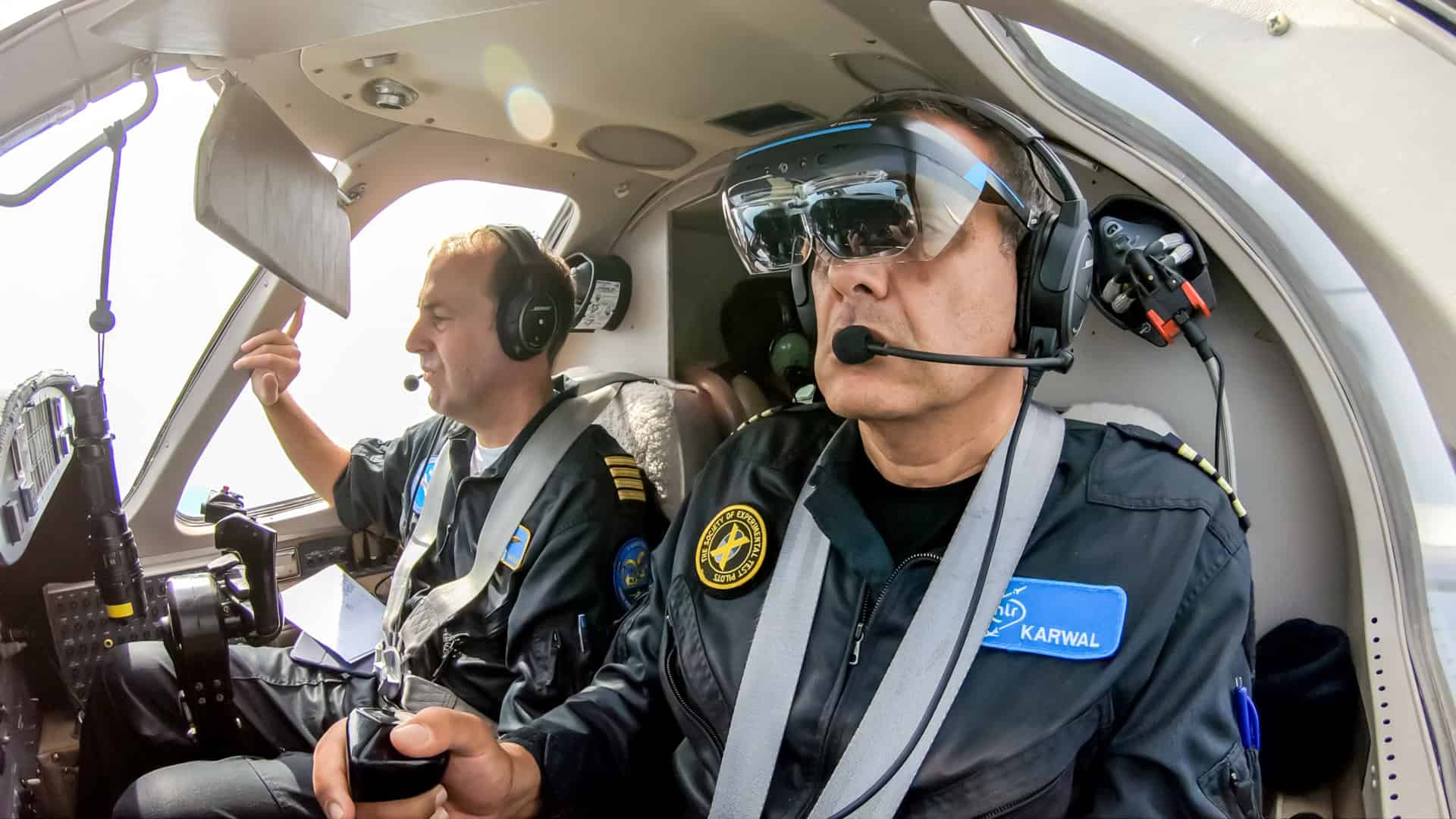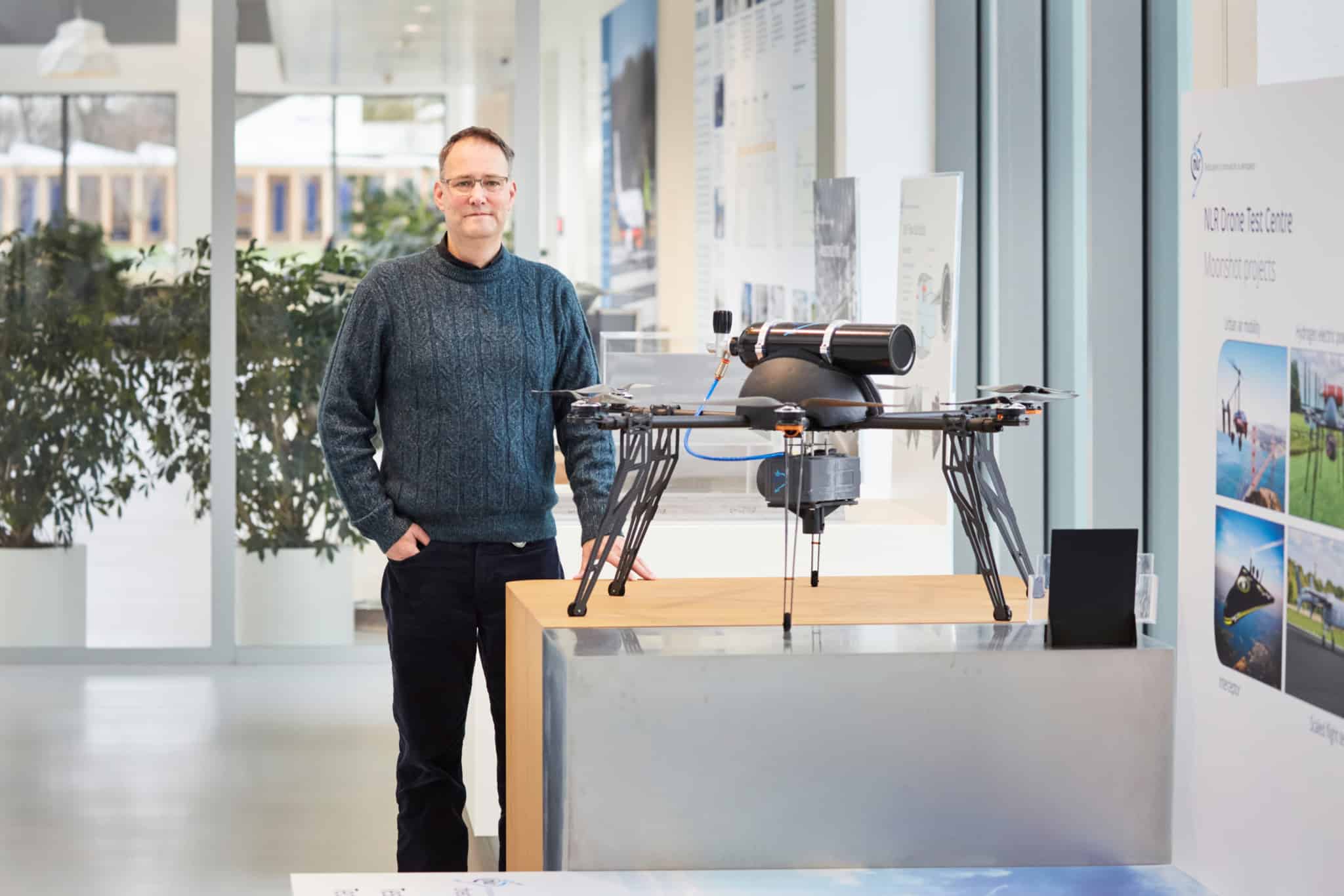
Together with the Royal Netherlands Navy and Coastguard, researchers from the Delft University of Technology (TU Delft) have developed a drone that uses hydrogen as a fuel. This enables the drone to stay flying in the air for hours. Furthermore, this device is ideal for taking off from marine vessels that are on the move and it can land vertically. This makes it extremely suitable as an observation device in the maritime sector.
In the press release from TU Delft, the Royal Netherlands Navy refers to “an undisputed technical breakthrough that bodes well for the future.” The drone has been successfully tested on ships of the Royal Netherlands Navy and the Coastguard out on the open sea.
Vertical take-off and landing uses more energy
The current generation of drones is also capable of vertical take-offs and landings. This is very important, for example, in densely populated areas or on the high seas. However, it does use a lot of energy. This means that the radius of action of these models remains limited.
What’s more, fossil fuels are often used in order for them to fly longer and further. This is not sustainable in the long run. Moreover, a drone needs wings in order to fly further afield efficiently. Yet landing these types of ‘fixed-wing’ drones requires some additional resources, e.g. a runway or a safety net.
Recharging mid-flight
Bart Remes, the project leader of TU Delft’s Micro Aerial Vehicle Lab (MAVLab): “That’s why we developed a drone that takes off and lands vertically that uses hydrogen and a battery. We recharge the battery for the vertical landing during the horizontal flight on hydrogen with a fuel cell. The drone can remain in horizontal flight for hours thanks to the fixed-wing design and the use of hydrogen.”
The Delft drone was able to stay in the air for over 3.5 hours during the initial test flights. Due to these features, this device can provide support in reconnaissance and inspection tasks. The entire device weighs 13 kg and has a wingspan of 3 meters. The craft has 12 engines and can still land safely even in the event of failure of some of these.
800 Watt fuel cell
The drone is equipped with a 300 bar 6.8-liter carbon composite hydrogen cylinder. The cylinder supplies the hydrogen at low pressure to the 800-watt fuel cell, which converts the hydrogen into electricity. Oxygen and water vapor are the only emissions released. In addition to the fuel cell that supplies electricity to the engines, there is also a set of batteries that conjunction with the fuel cell supply the engines with extra energy during vertical take-off and landing.
The knowledge that has been gained during the development of the drone can be used to make aviation greener. Henri Werij, dean of the Faculty of Aerospace Engineering at TU Delft: “One of the most important aspects of this research is the use of hydrogen to fly. Hydrogen is seen worldwide as one of the most promising candidates for creating a green, sustainable fuel for aviation.”
Read other IO articles on sustainable aviation via this link.








